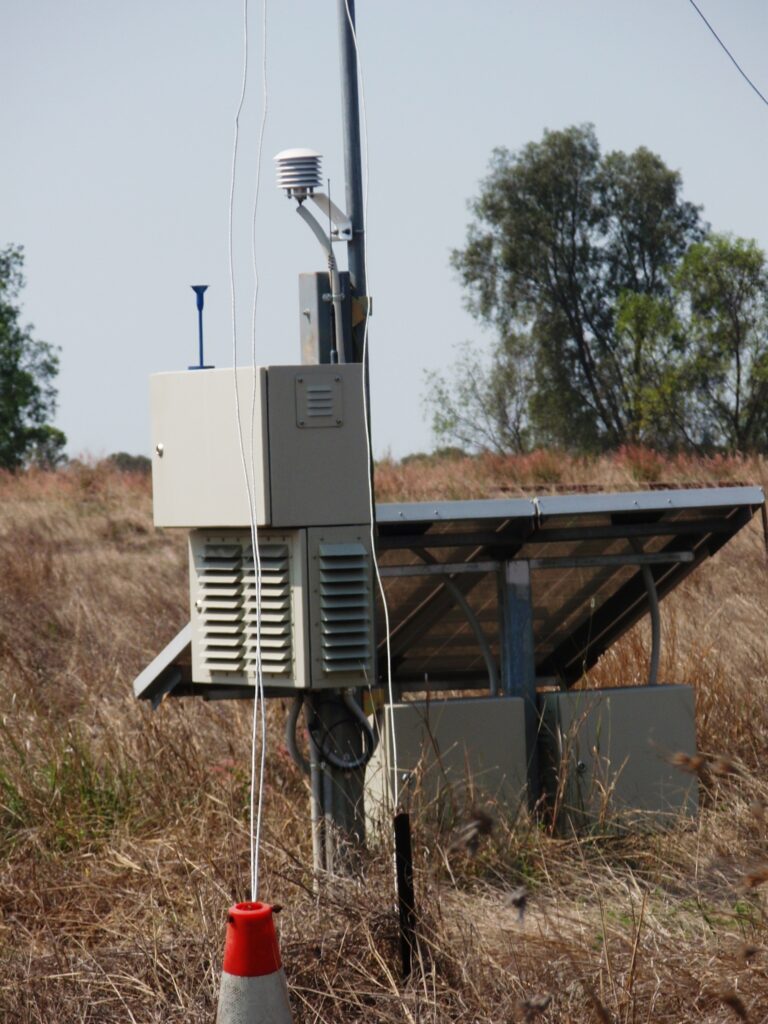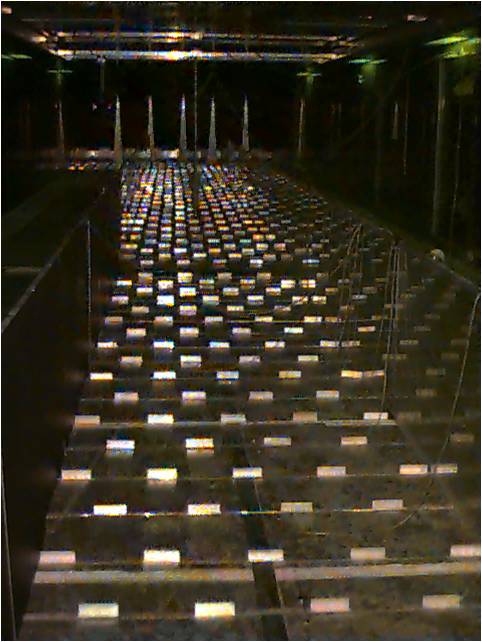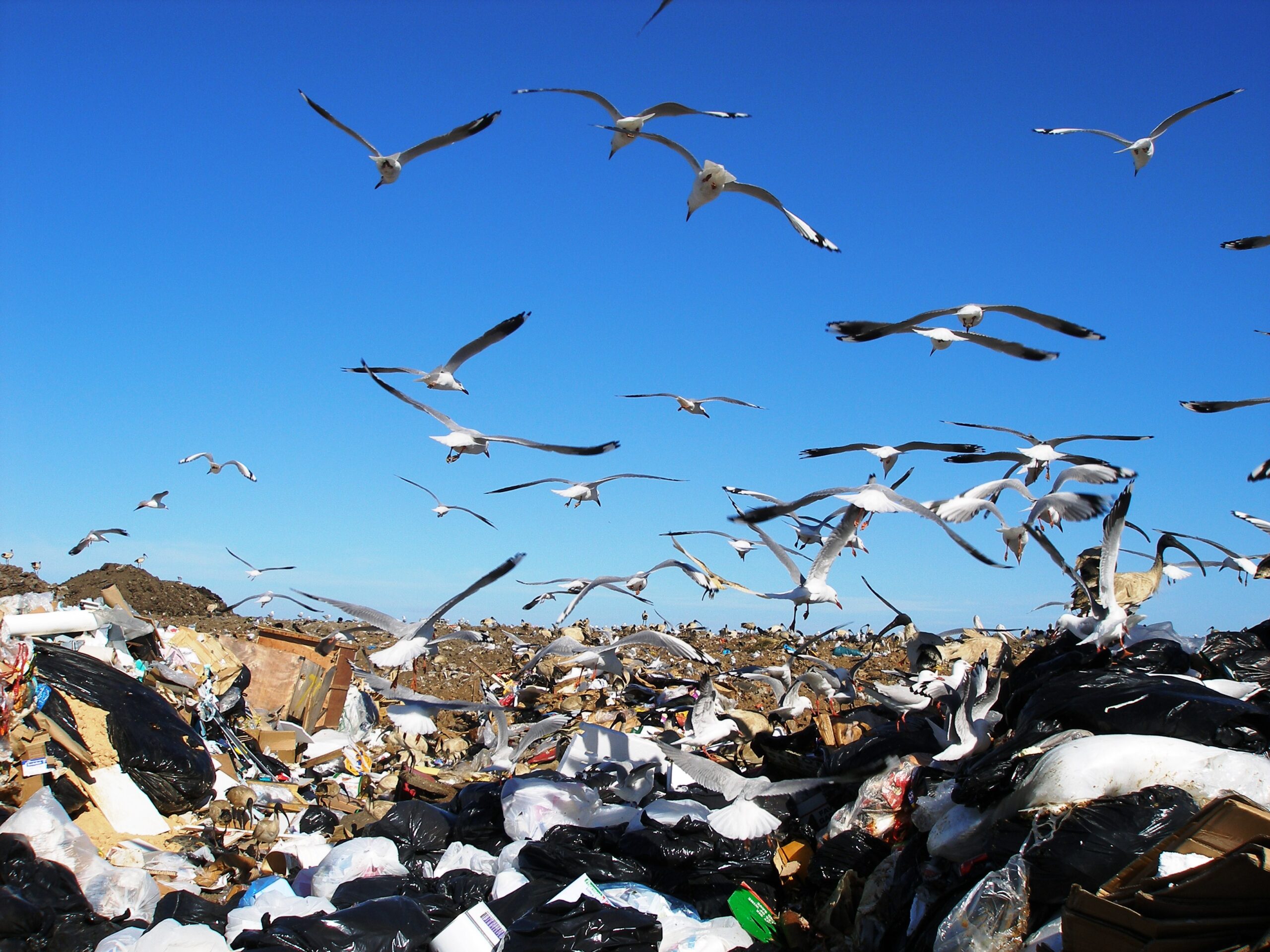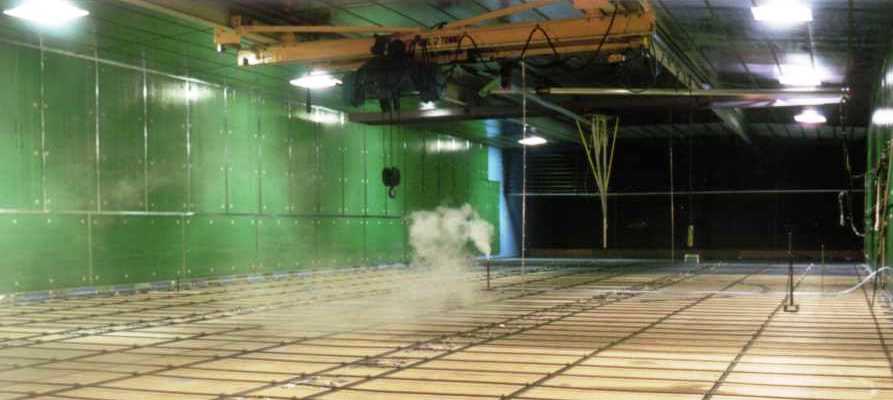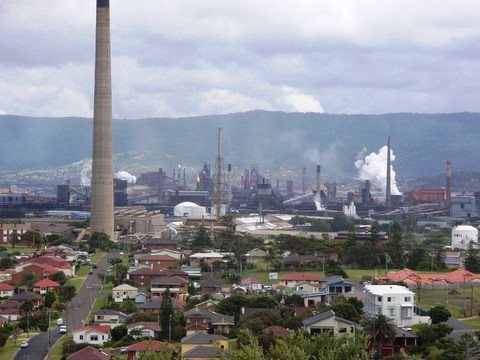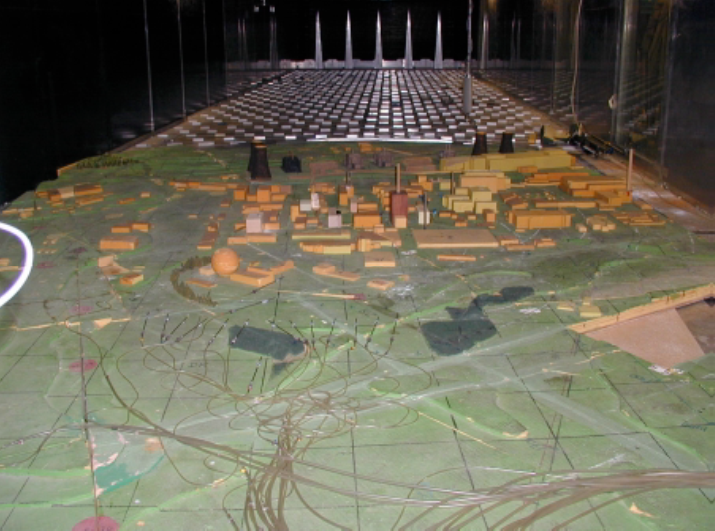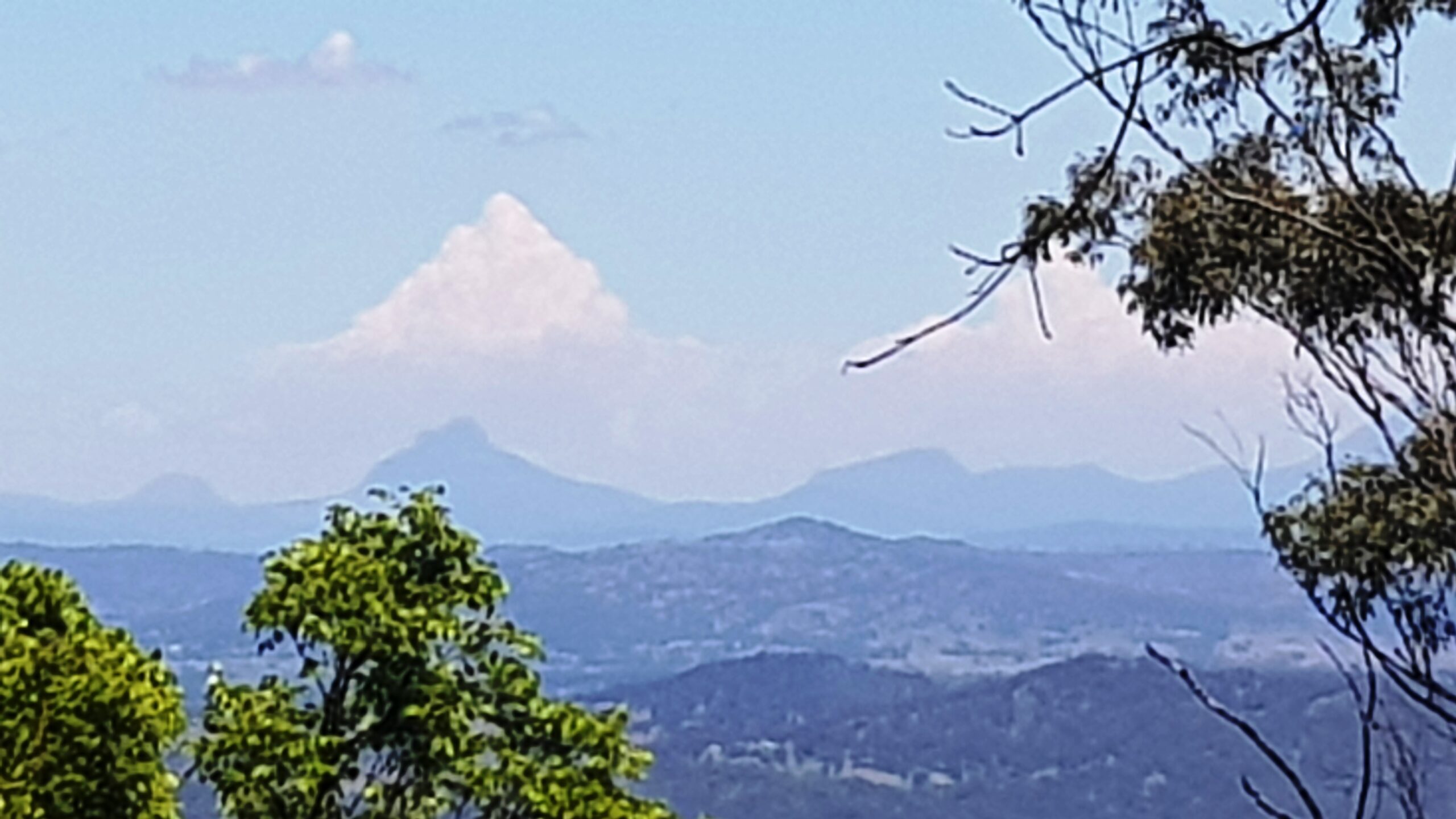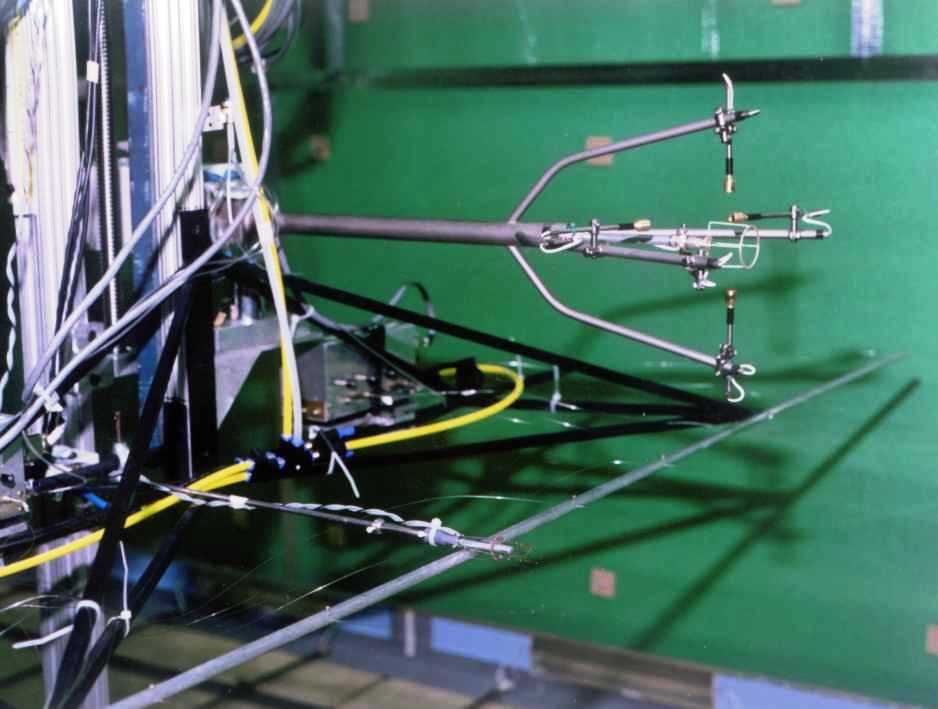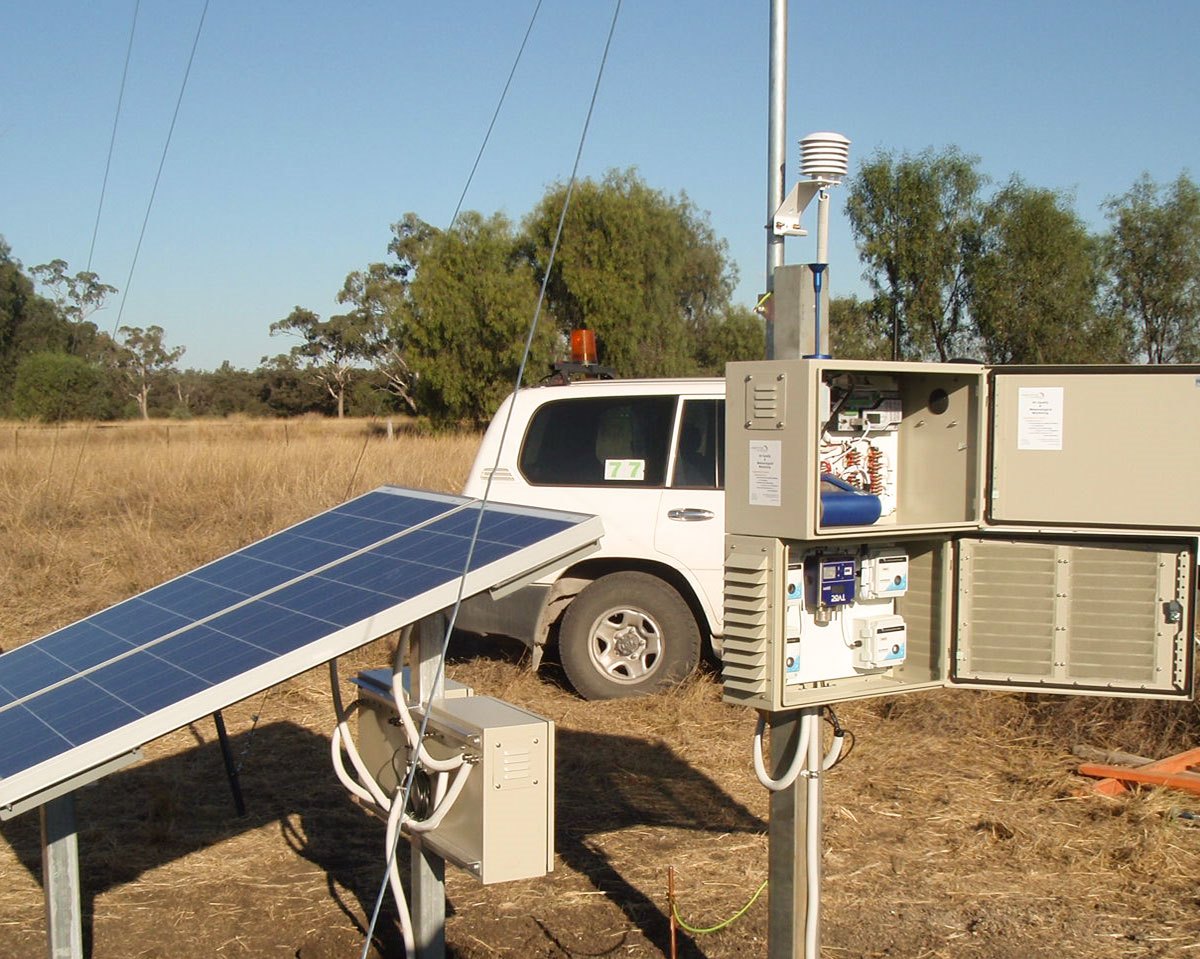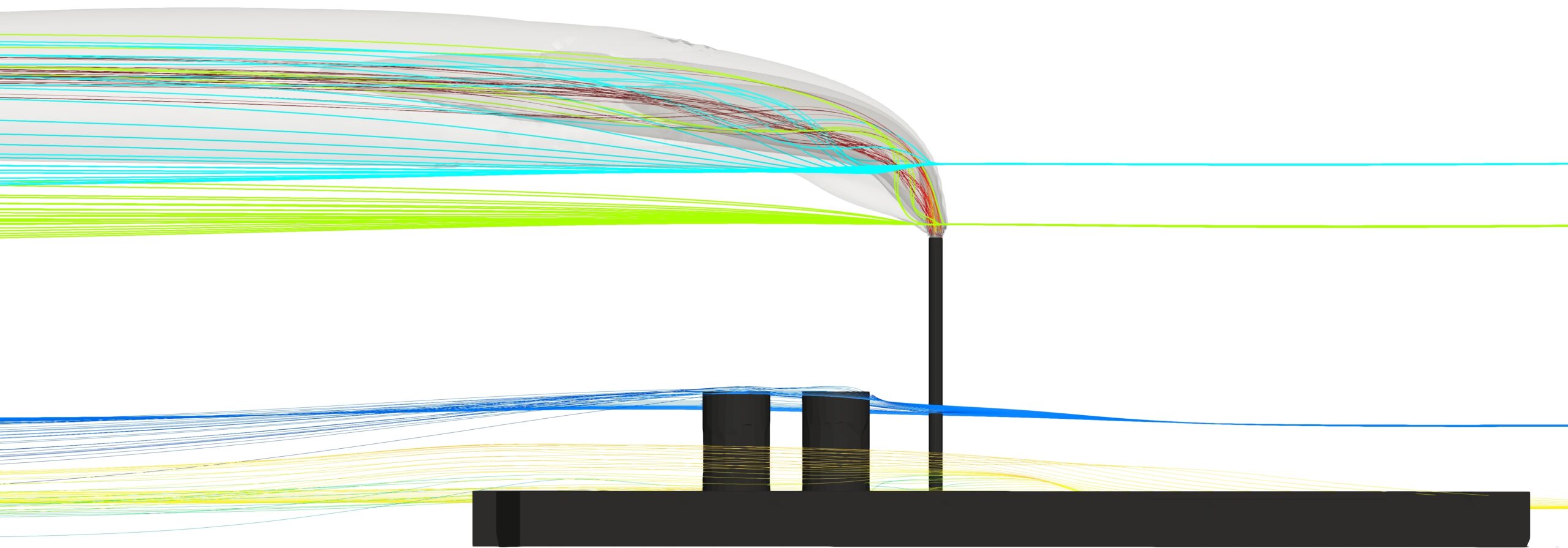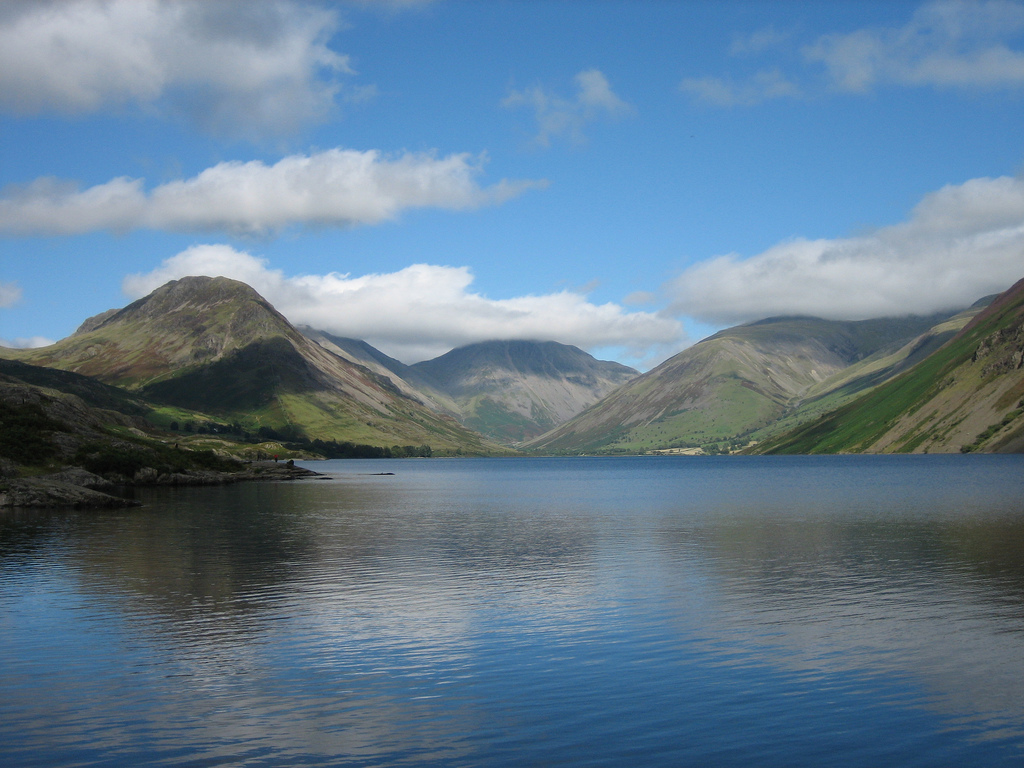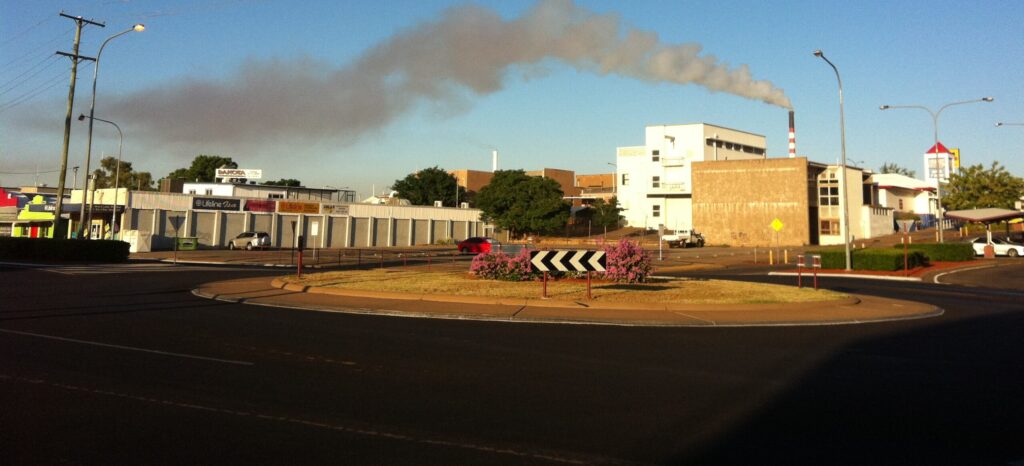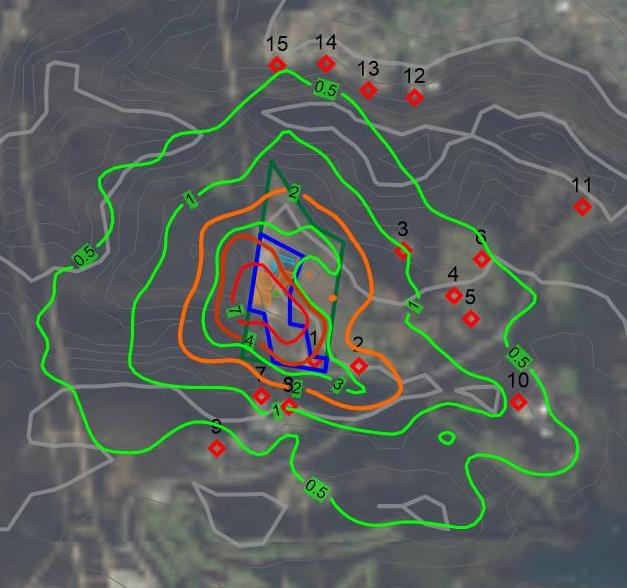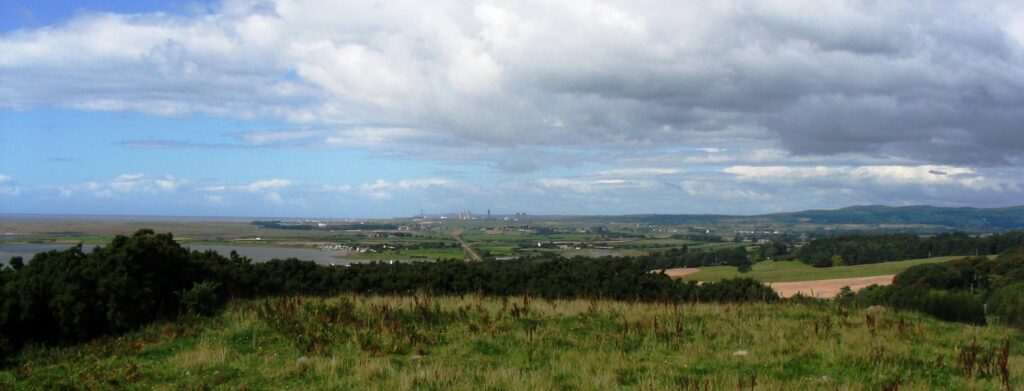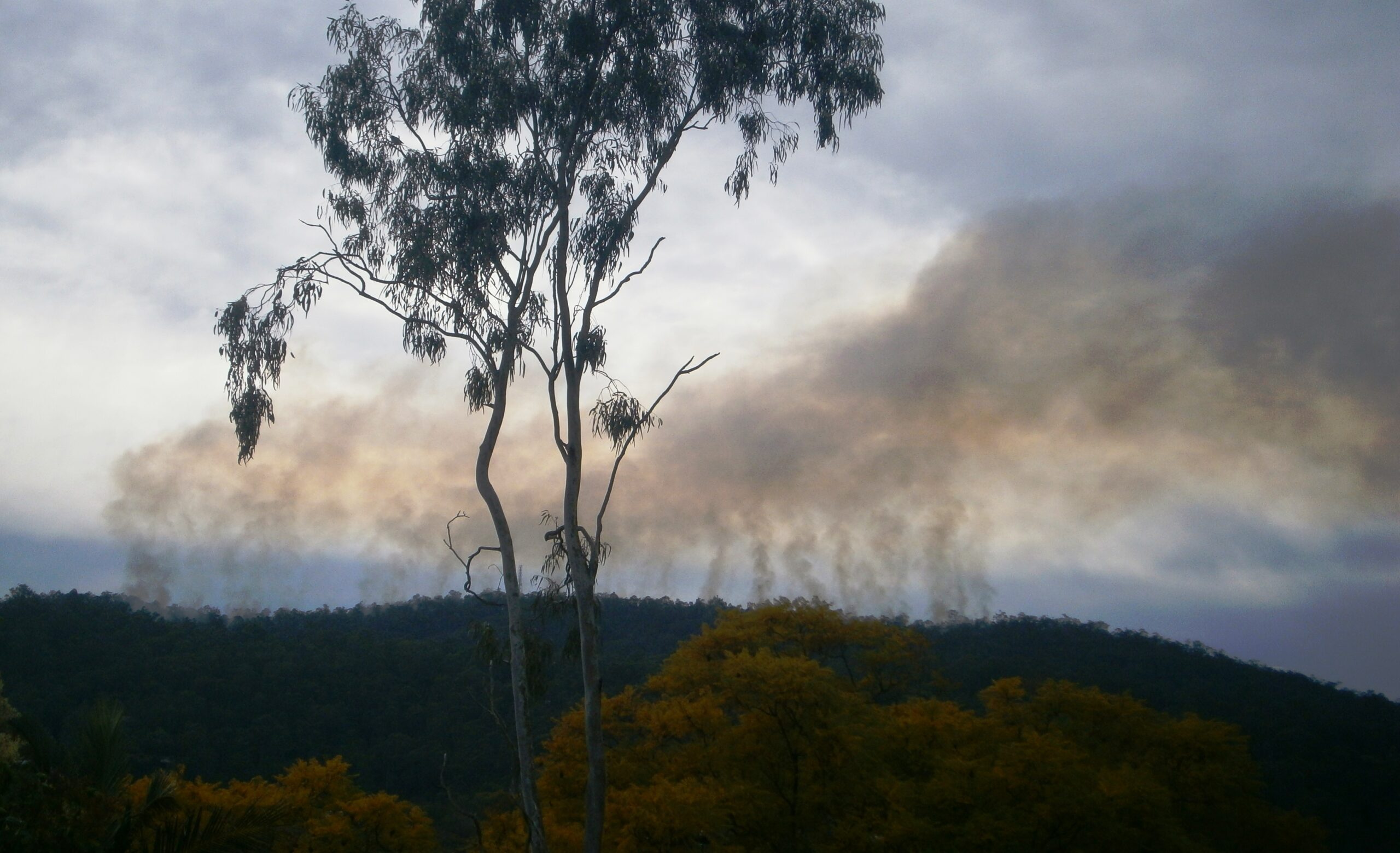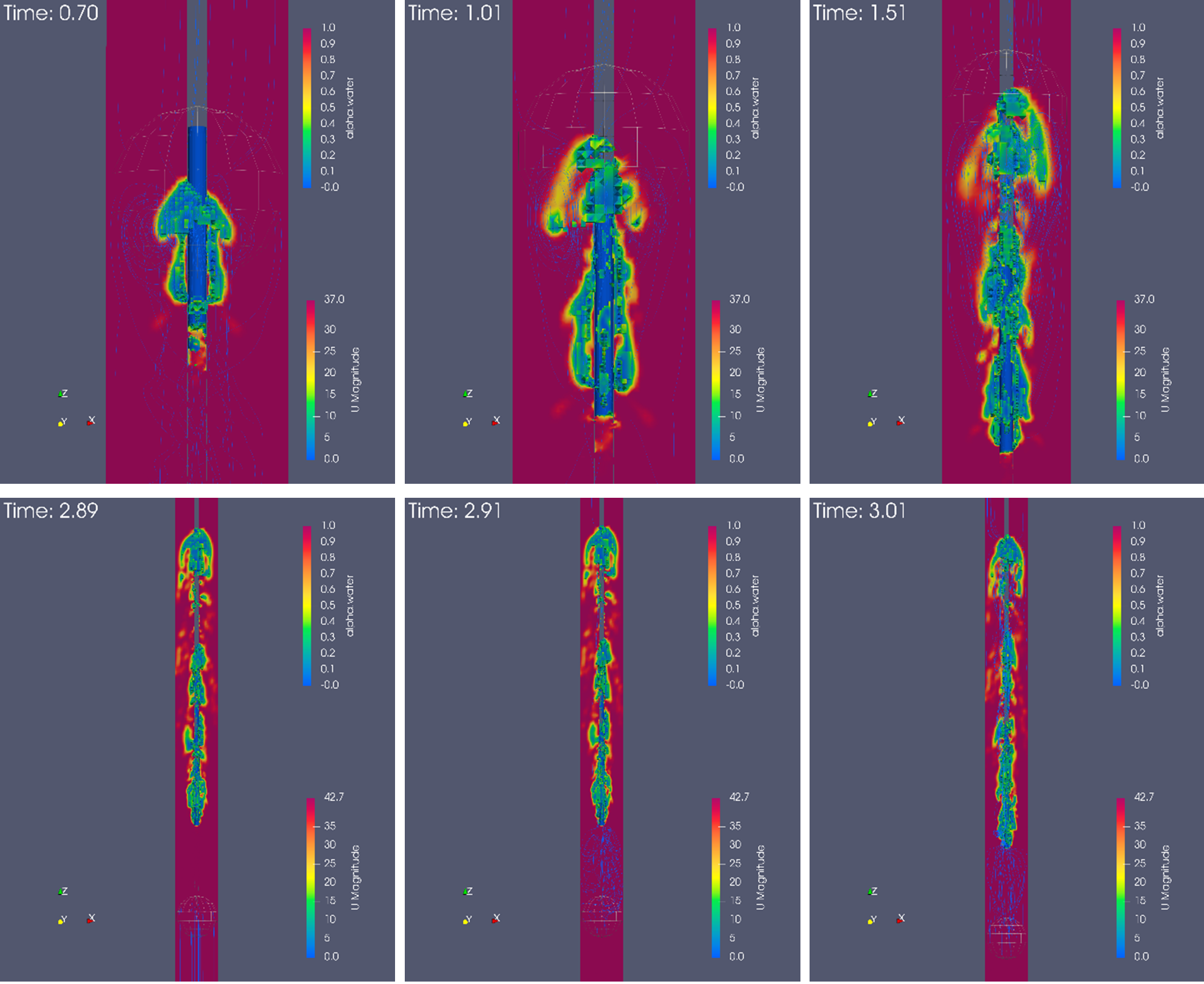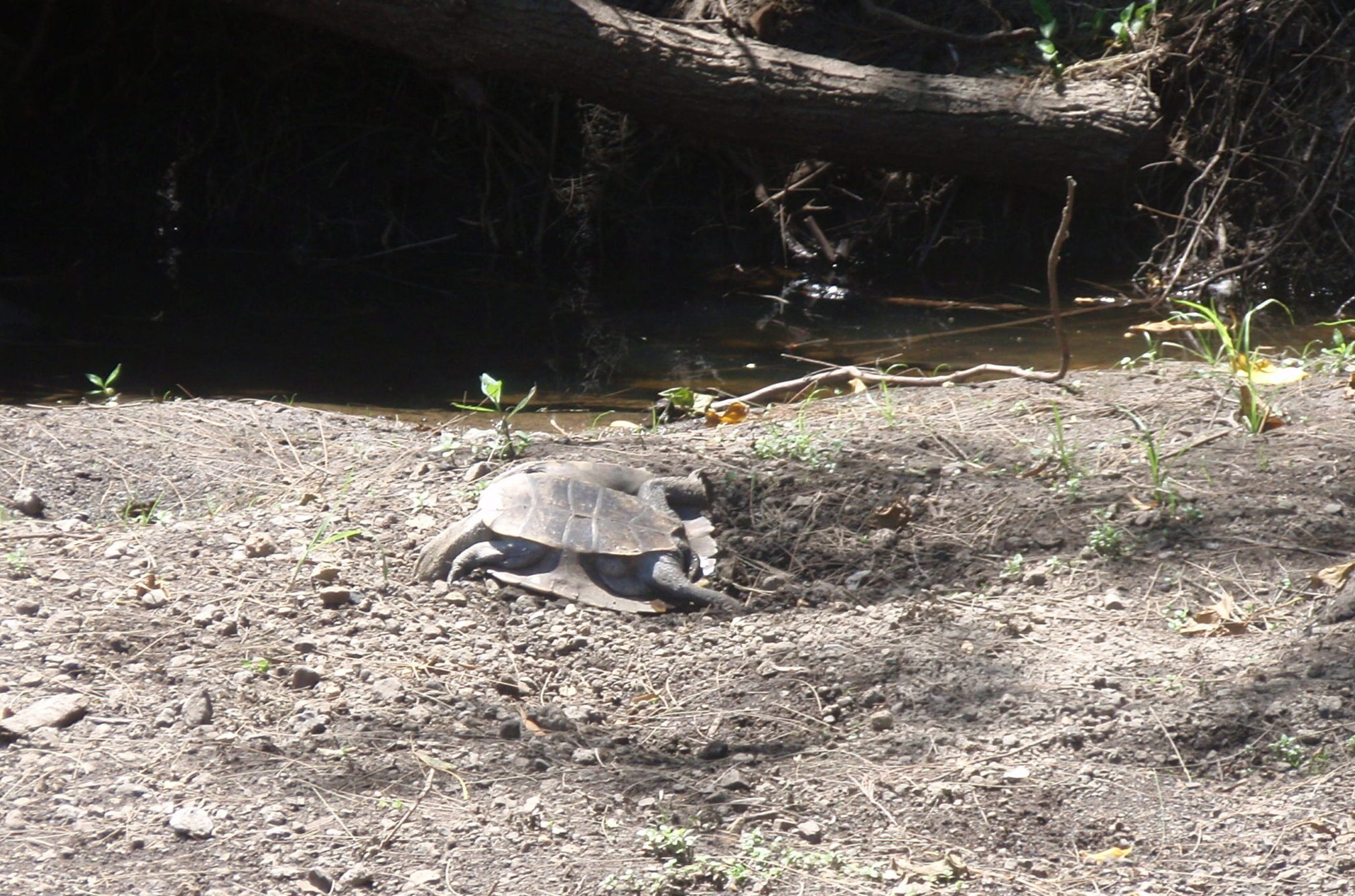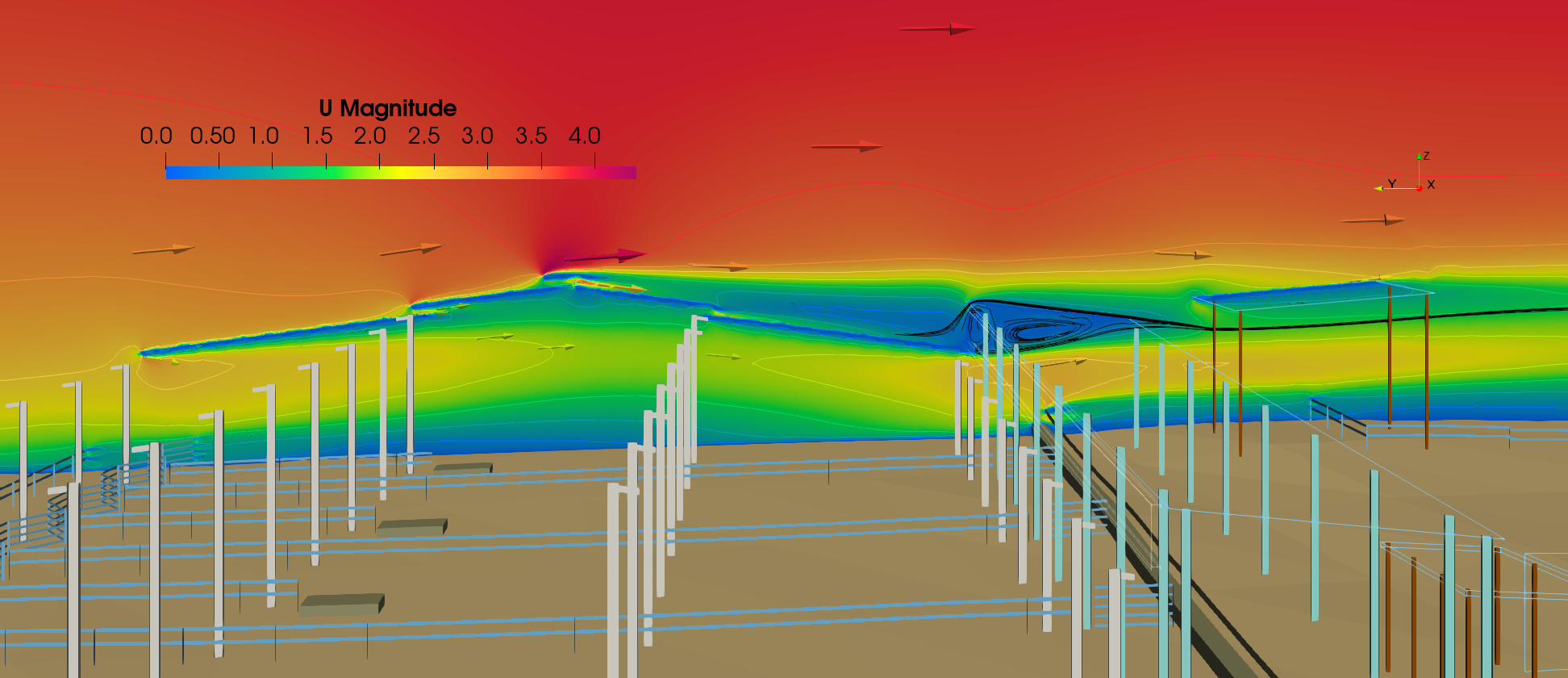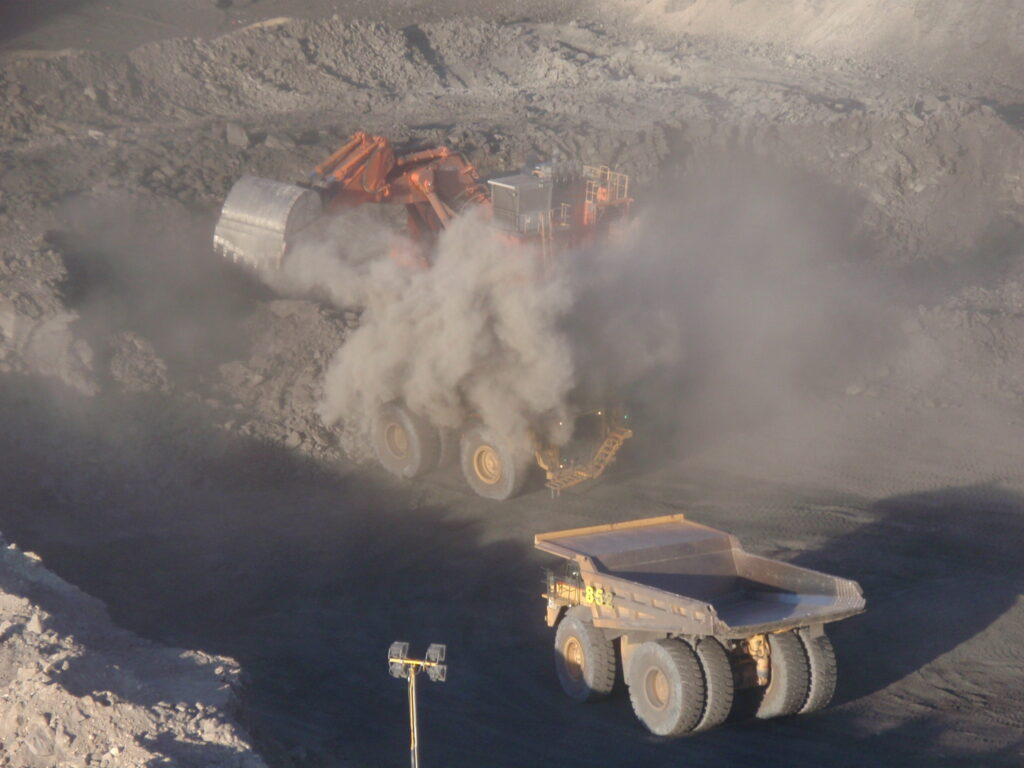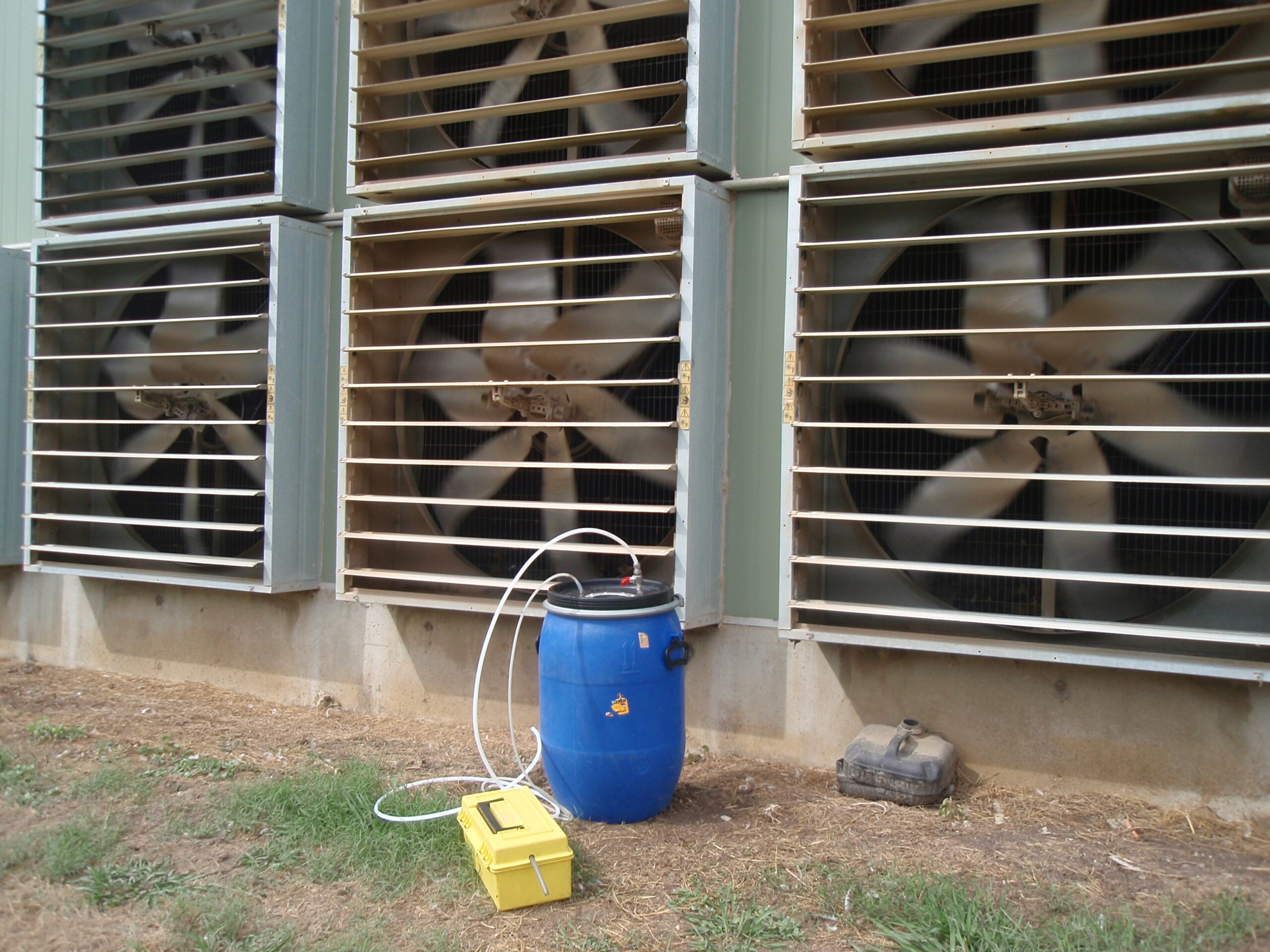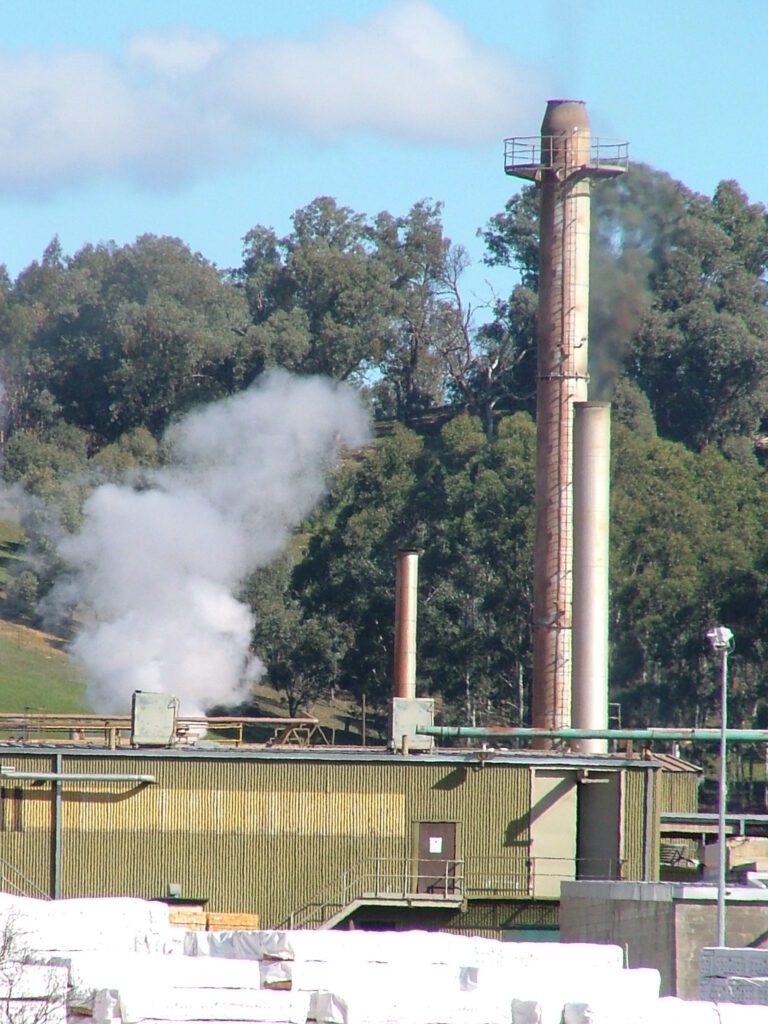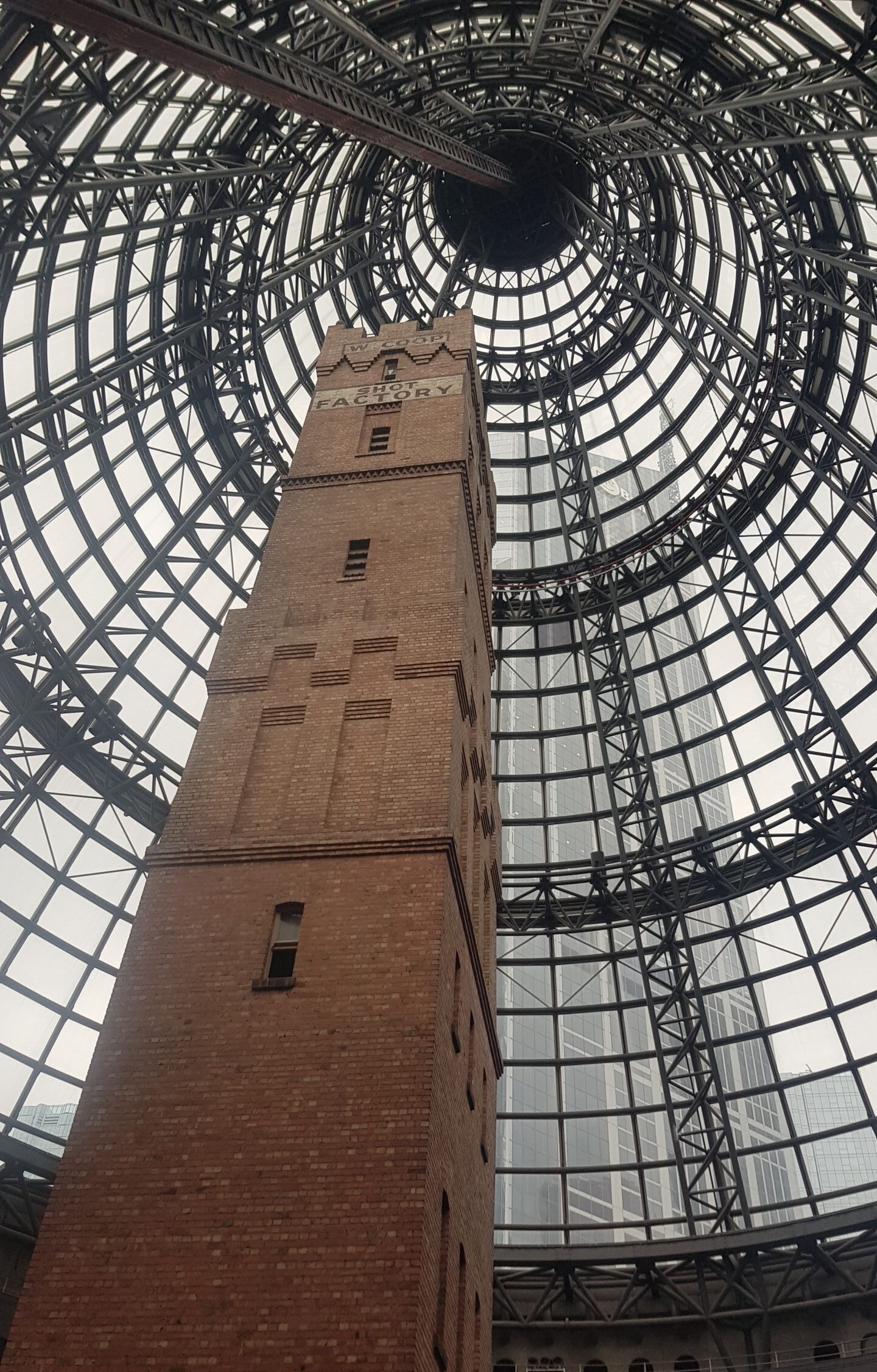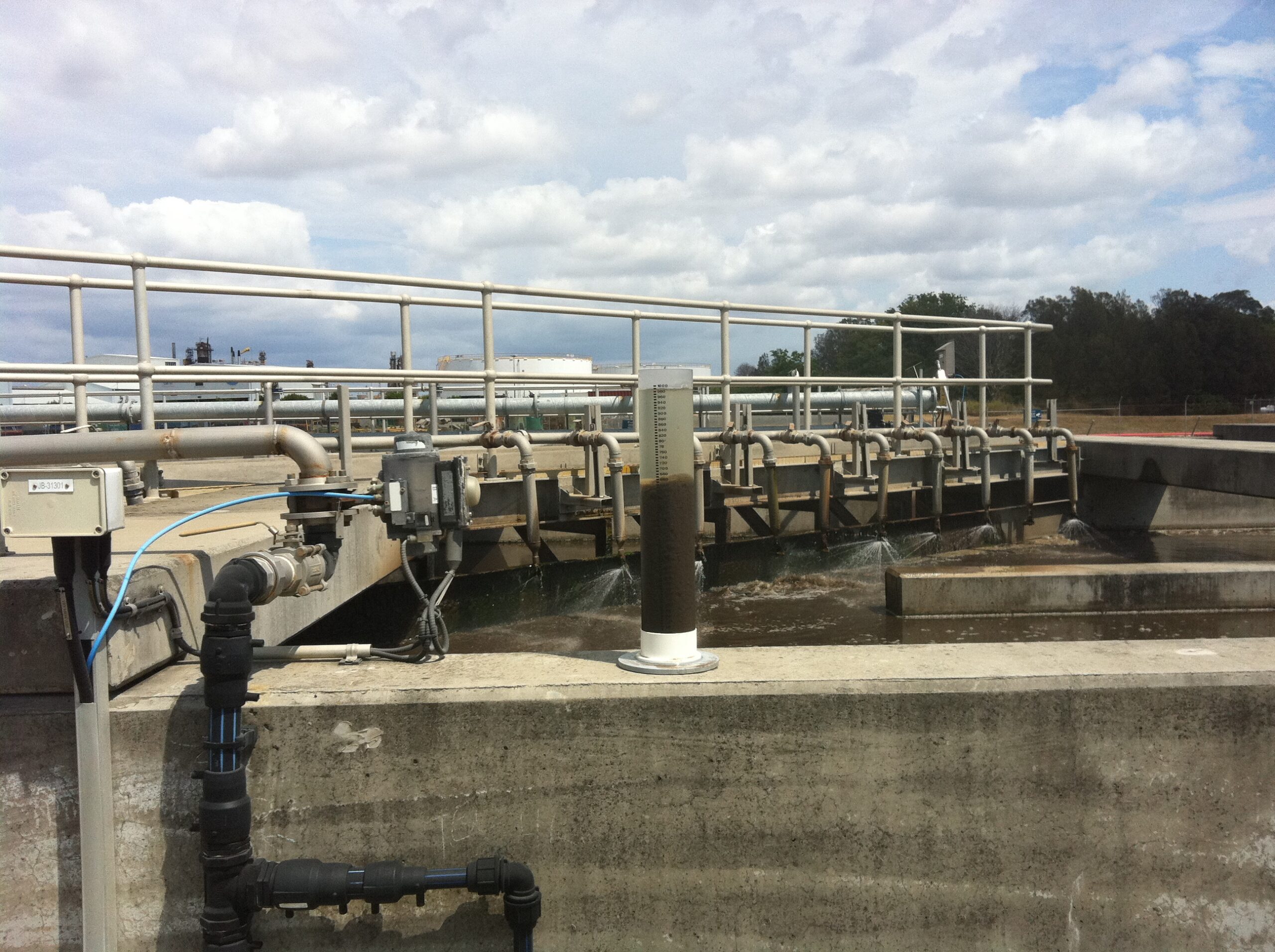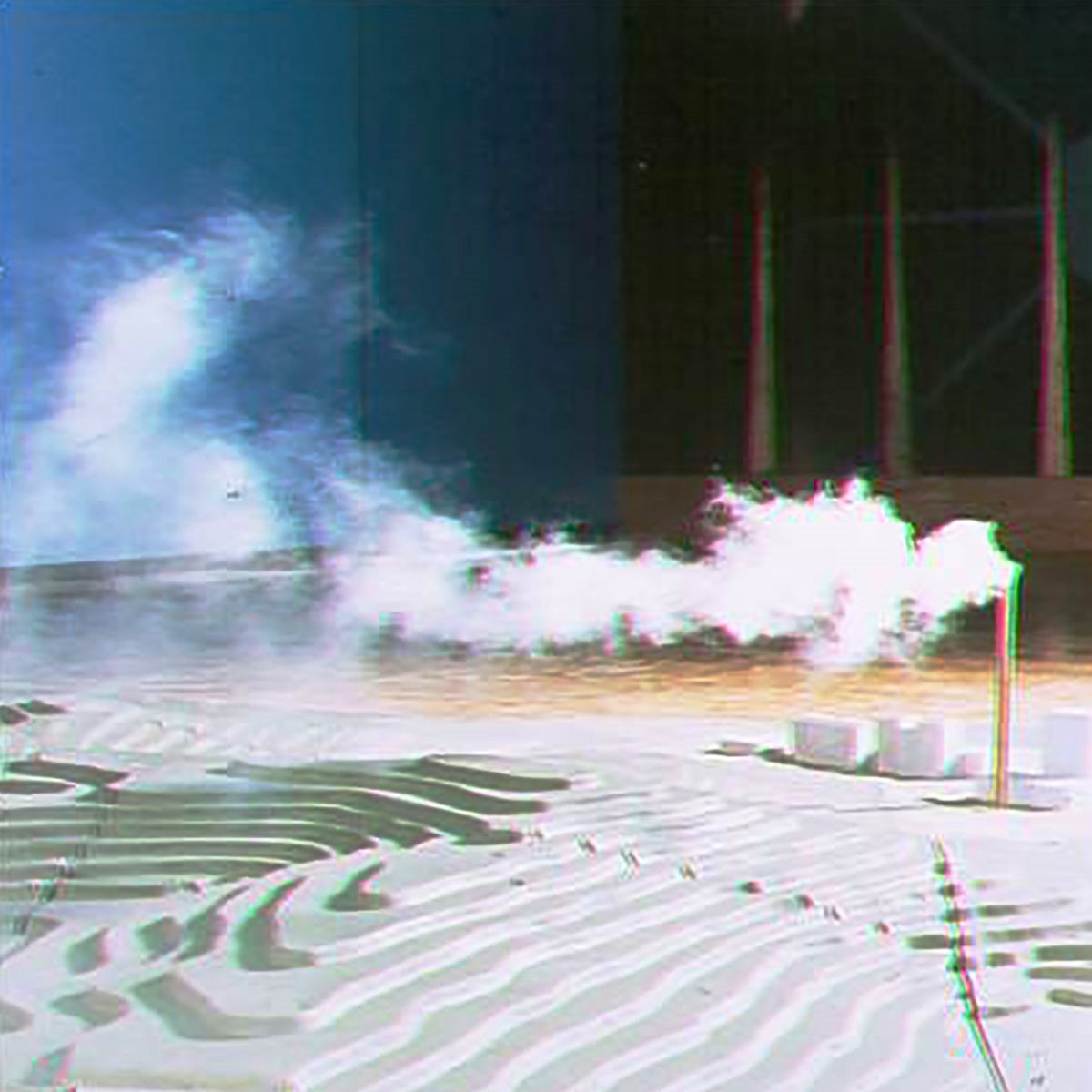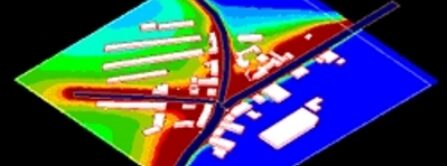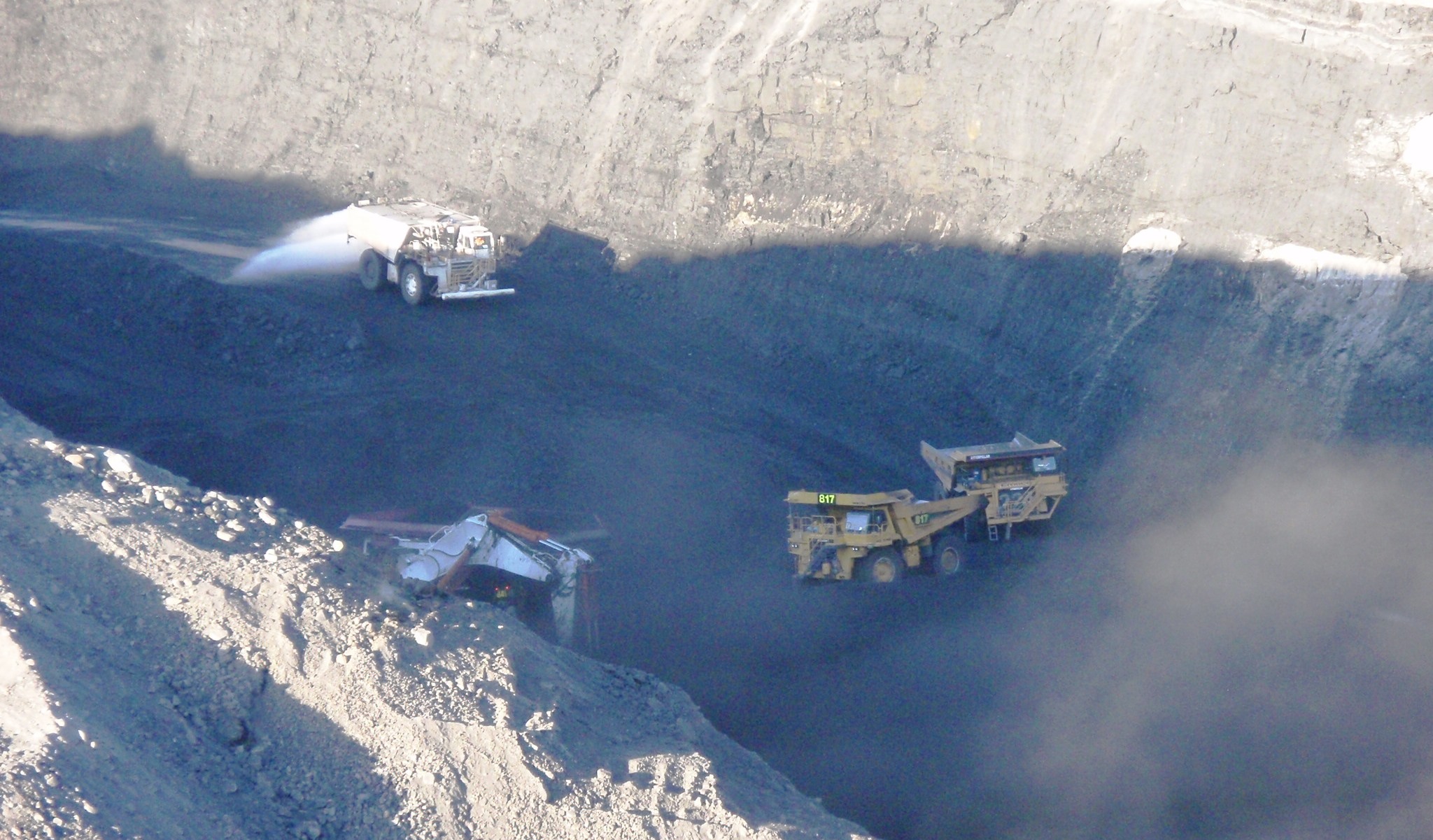Portfolio
Project and Development Snippets
Atmospheric dispersion model simulations illustrate the transport of emissions from two sources within the same region during a relatively calm winter evening.
Temporal and spatial variations in wind fields result in notable differences in emission patterns; although initially similar, the plumes subsequently diverge, converge, and recirculate locally.
During low wind speed nocturnal periods, land use (indicated by colour) and terrain (shown with contour lines) can substantially impact the local wind environment.
Computational Fluid Dynamics (CFD) simulation of air injection into a vertical water column (pipe immersed within water-filled shaft) generating upward water flow within the pipe.
The method is applied in Blind Bore Drilling of vertical shafts for mine ventilation. The generated flow extracts waste rock from the area surrounding the drill head.
Illustration of Blind Bore Drilling reverse circulation initiation developed from Computational Fluid Dynamics (CFD) simulations.
Water flow reversal around the drill head is depicted in the lower right and left-hand frames. Initially water exhausted from the pipe flows upwardly around the drill head. The buoyant air generates a reversal of the water flow direction within the pipe, with the upward flow around the drill head collapsing, and downwardly directed water flow developing around the drill head (left frame).
Rock chips, produced from the drilling process, are carried into and up the pipe where significant upward water flow rapidly develops. The reverse flow process occurs within a few seconds of initial air injection. The air injection pipe pressure profile is depicted within the top right-hand frame.
From applying cutting-edge technologies to optimising understanding and management
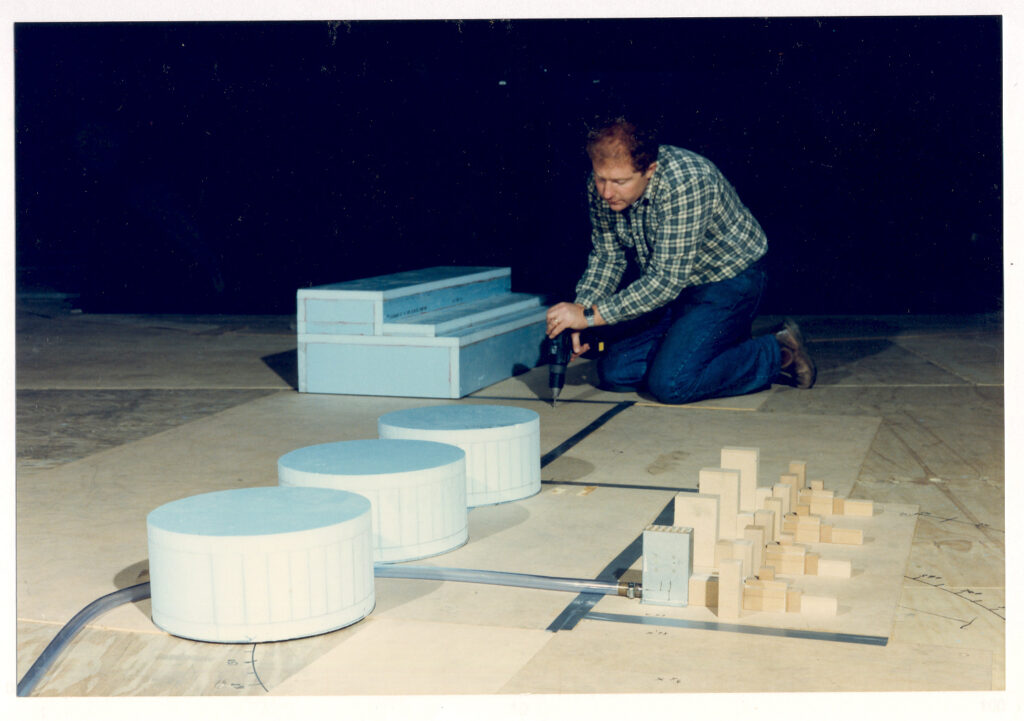
Global Network
With Australian and Internationally developed practical experience Engineering Air Science provide specialist consulting services across a broad area of the air environment including boundary layer meteorology, air quality, plume behaviour and fluid mechanics including diverse model application experience.
Air Quality Assessment
Engineering Air Science provide services in air quality assessment and management including meteorological and atmospheric dispersion modelling, air quality impact assessment, meteorological processing and analysis, meteorological and air pollution monitoring and analysis.
Solutions
Engineering Air Science provide specialist expertise across boundary layer meteorology, air quality monitoring, analysis and modelling and the application and integration of fluid modelling to understand and quantify complex air quality and fluid mechanical issues.
Research & Development
Extensive research and development project experience including commercial and highly confidential investigations as well as published studies individually and in collaboration. Analysis of meteorology, complex dispersion, model inter-comparison and uncertainty, plume behaviour, air flow and industrial fluid mechanics.

